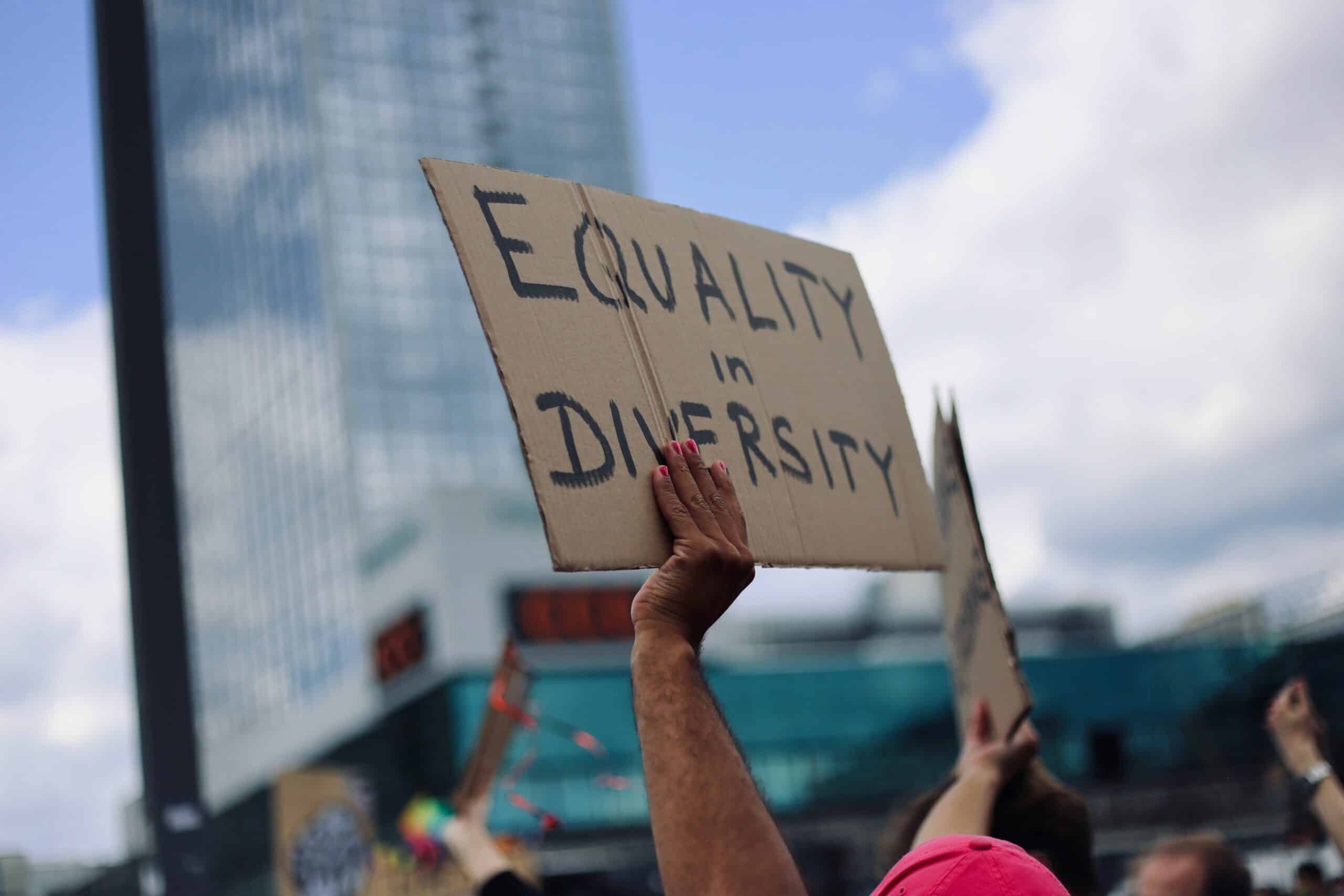Human Resources
Welcome to the Era of People Analytics
3 May 2021

Advancements in HR analytics are making organizations more data-driven than ever
Creating a data-driven business culture is not a new concept by any means. Over the last 10 years, big data has been a major catalyst for sparking meaningful business transformation and growth for companies of all shapes and sizes. But in recent years, data analytics has moved beyond simply supporting key business initiatives to now being recognized as a primary driver for cross-functional business strategy and value generation.
This is especially true for HR analytics, now commonly known as ‘people analytics.’ The savviest HR teams have quickly learned that collecting data is no longer just an administrative task. They know there’s incredible value hidden within it, just waiting to be unlocked. The biggest challenge is figuring out how to collect the right data and then determining what to do with it. To take a closer look at this, we invited Rebecca Wettemann, Principal at Valoir to join Talentsoft’s “The Ins & Outs of Work” podcast and share her thoughts on data collection, HR reporting, and the latest people analytics tools.
It’s time for HR to break down the conceptual barrier between HRIS and HR when it actually comes to analyzing data.
– Rebecca Wettemann, Principal at Valoir
Empathy is essential for giving data real and actionable value
If you’ve ever felt as though you were collecting data just for the sake of collecting data, rest assured that you’re not alone. This has been an all-too-common business practice for years.
In today’s rapidly evolving business environment—even more so in the lingering shadow of the COVID-19 pandemic—everything a business does must be 100% intentional. Data collection is no exception to the rule. In fact, in the context of data analytics for HR, you have to ask yourself an important question: Are we collecting data to help improve our employees’ lives?
This new era of people analytics requires data analysis to be done with a human touch and even a certain level of empathy. And while the notion of empathy in the context of data analytics may seem strange in theory, it really isn’t. HR analytics is all about using data to understand how your organization is operating as well as how it can grow.
If your intent when collecting specific data is focused on using it to build a better, stronger, and more productive future for your organization—and its employees—then you are already bringing empathy to your data analysis. You probably just haven’t looked at it in this way.
Not only is this a better and more strategically sound way to approach internal data collection, but it also offers the following benefits:
- By being transparent about why you’re collecting internal data and how you plan to use it to improve the employee experience, then you shed the ‘big brother’ baggage that often comes with data collection, to engage your people to be actively involved in defining your organization’s future.
- Taking that a step further, when employees know that you are collecting and analyzing that data to improve their lives, you essentially remove the roadblocks, or even fears, that sometimes go hand in hand with data collection.
By simply changing your mindset around data, looking at it through the lens of people analytics, you bring that human element back into data analysis and create new opportunities to add real meaning and actionable value to all the data at your fingertips.
New technologies are giving HR rapid insights into data…to identify specific individuals or groups and teams within the organization that need HR’s attention.
– Rebecca Wettemann, Principal at Valoir
Being a data-driven organization means being forward-thinking
You can collect data passively or you can collect it proactively. We always recommend taking a proactive approach. But what does this mean?
Let’s use employee surveys as an example. Oftentimes, companies send out surveys to glean sentiments about something that happened in the past, and then use those insights to either course-correct or congratulate. While there are certainly times when surveys like this will be necessary, this should no longer be your go-to approach. Why? Because it’s backward-thinking.
Instead of asking your employees to linger in the past, invite them to share their thoughts on what’s happening in the here and now. During the COVID-19 pandemic, for instance, when many employees had no choice but to shift to remote working, HR teams have had a unique opportunity to use new people analytics tools and technologies to understand things like ongoing employee sentiment or the pros and cons of remote working.
The goal here isn’t simply to get a pulse on how employees think or feel in the moment, but rather to use the information they provide to identify what new opportunities, tools, solutions, benefits, resources, and support you can provide to improve the employee experience. It’s less about fixing the past and more about not making the same mistakes in the future.
By taking a forward-thinking approach to HR analytics, you can create an organization that proactively embraces data to spark meaningful, transformative, and lasting change.
By 2020, 80% of organizations will initiate deliberate competency development in the field of data literacy, acknowledging their extreme deficiency.
– “Build a Data-Driven Enterprise” (Gartner, 2018)
Why is it important to talk about people analytics now?
HR teams have been swimming in data for a long time. We’ve even found that, after surveying our customers, two out of three HR organizations have been asked to gather even more data in the last year. And they’ve done it. But they’re not quite sure what to do with it all.
This is where people analytics factors into the equation. Today, being able to dissect and understand data can be done by almost anyone in an organization. Better tools have not only made it possible to see data in context—and not just via endless spreadsheets—but also enable non-data scientists to gain rapid insights from the data being collected.
This is a paradigm shift within HR organizations, specifically, because it’s allowing HR teams to take ownership over the data value chain in ways they never could before. And it’s providing them with an insights-driven edge to not simply understand what’s happening or evolving within the organization, but to be able to take real action on it.
There’s an opportunity for HR to take advantage of these newer technologies…and use some of this data to be more proactive about understanding employees.
– Rebecca Wettemann, Principal at Valoir
How to become a forward-thinking, data-driven organization
By now you’re probably thinking to yourself, “What can we do within our organization to shift to a more people-oriented mindset around HR data collection and analysis?” To help you get moving in the right direction, try this:
- Invest in learning: Data collection and data analysis is a unique and complex world. Data scientists, for example, spend years at school perfecting the art and science of making sense of data and then be able to put it to action. HR teams are not required to know the ins and outs of data, but it’s not a bad idea to skill up. If you’re interested in learning about data collection best practices or how to create compelling data visualizations, take a course. It’ll open your eyes to all that’s possible with data today.
- Experiment with new tools: A lot of tools exist today to amplify the power of data and many of them come with free trials. Don’t be afraid to take advantage of these opportunities to see what’s truly possible with data today. Plus, it’s a great way to bridge any learning or skills development around data analysis (per the above) with practical, hands-on experience on how to bring it to life.
- Stay forward-looking: Think differently about the data you have as well as the new data you plan to collect. Why are you collecting it? How are you going to use it? How can it improve the employee experience, operational efficiency, or productivity? How do you plan on communicating this to your employees? And the list goes on. By being more intentional in your approach to HR data collection and analytics, HR can take a truly proactive role in shaping an organization’s future.
With Talentsoft Hub, centralize your data in one unified system of record. Adapt and customize your solution to local exceptions and to your HR administrative needs according to each user, role, and organization. Talentsoft Hub enables you to create a data-driven culture and benefit from automated controls that ensure data quality and track changes in a dedicated traceability table.
Find out more…


